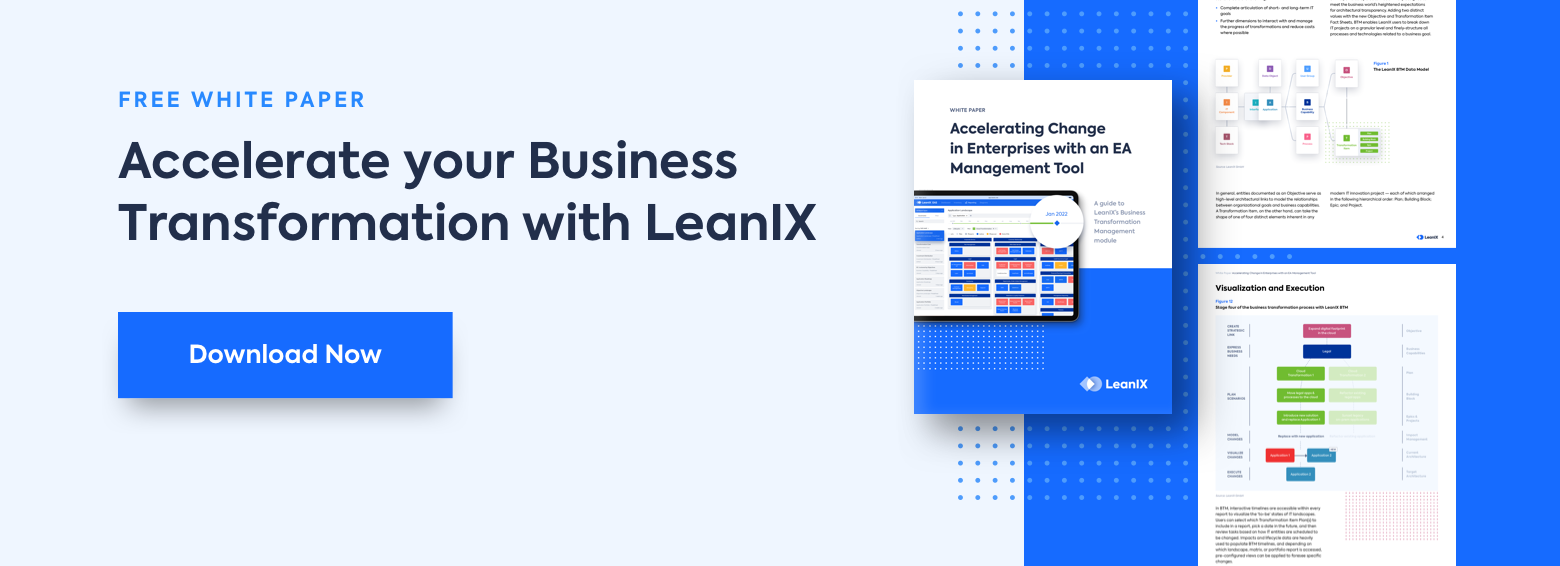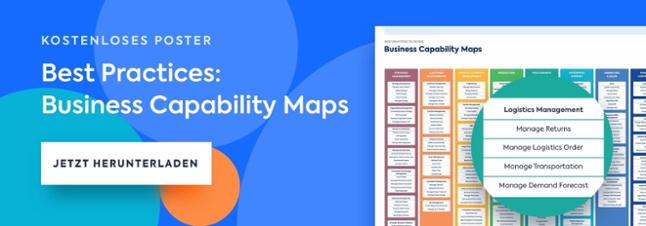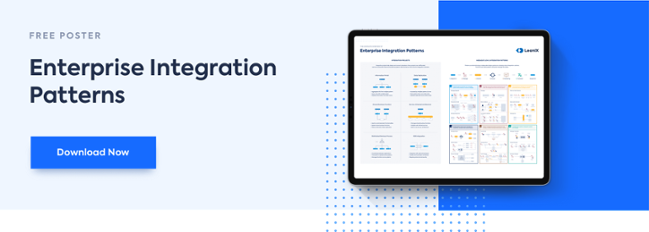
Many IT managers who aim to deliver high-quality IT services for their business and customers utilize a Configuration Management Database (CMDB). A configuration management database (CMDB) is a repository that acts as a data warehouse for information technology (IT) installations. CMDBs are used to keep track of the state of assets, e.g., products, systems, software, facilitates, roles, and relationships between such assets.
At a certain point, a question arises: should a company continue to grow their CMDB or switch to an Enterprise Architecture Management Tool?
The answer depends on your organization!
Benefits of a CMDB
As Configuration Management Database (CMDB) contains a 360-degree view on the underlying IT assets like servers, network or applications, it is considered the informational backbone of an IT landscape. CMDBs help organizations to understand the relationship between the components of a system and track their configurations. CMDBs also cover the practice of handling changes systematically so that the system maintains the integrity over time. A well-maintained CMDB helps to highlight the policies, procedures, tools, and techniques that are required to manage and evaluate proposed changes, and to maintain an inventory of support documents as the system changes.CMDB gives you a bottom-up inventory view for operational optimization through automatic discovery of technology components on desktops and server primarily linked to users or locations. The necessary foundation for all operations requires a comingling of software technology architecture, productized infrastructure services, and hardware technology architecture.
Unfortunately, CMDBs leave a missing link between used components and applications, so it is still necessary to manually gather and input further information, e.g., data objects and providers. Running multiple instances of CMDBs can also lead to an overly complex situation.
Benefits of using EAM Tools
EAM tools are useful for linking IT strategy to business strategy. One goal of EAM is to manage and document the architecture of IT applications in a beneficial way. With the use of Business Capability Maps, Heat Maps, Dependency maps, and other distinctive enterprise architectural views, you can map business processes to applications, define standards, and check applications/systems for their direct business value.
LeanIX turns CMDB data into value for executing the IT strategy.
The integration of both CMDB and EAM tools:
• Increases system up-time
• Improves performance
• Ensures compliance
• Prevents errors
• Reduces cost
CMDB x LeanIX
With the integration of professional EAM tools, like LeanIX, you’ll have the necessary foundation for IT strategy and change management that was once missing. LeanIX provides an intuitive view of the IT portfolio and links this view directly to business context. This link between technology, applications, and business goals helps organizations to set and target, create roadmaps for the future, and track their progress along the way. EAM tools allow organizations to map out their business process architecture, business capability architecture, application architecture, and integration architecture – which are all necessary for properly aligning IT with business strategy.
LeanIX offers a combination of manual data gathering and automated pre-fill data. LeanIX integrates with Technopedia - a structured catalog of hardware and software product releases that provide a clean, consistent baseline of information about products and manufacturers. This consistent baseline ensures the quality of data being used and referenced in your CMDB.




/EN/Reports/Thumbnail-Obsolescence-Gartner.png?width=140&height=100&name=Thumbnail-Obsolescence-Gartner.png)
/EN/White-Paper/EN-IDC-Inforbrief-Application-Rationalization-Portfolio-Management-Thumbnail_v2.png?width=140&height=99&name=EN-IDC-Inforbrief-Application-Rationalization-Portfolio-Management-Thumbnail_v2.png)
